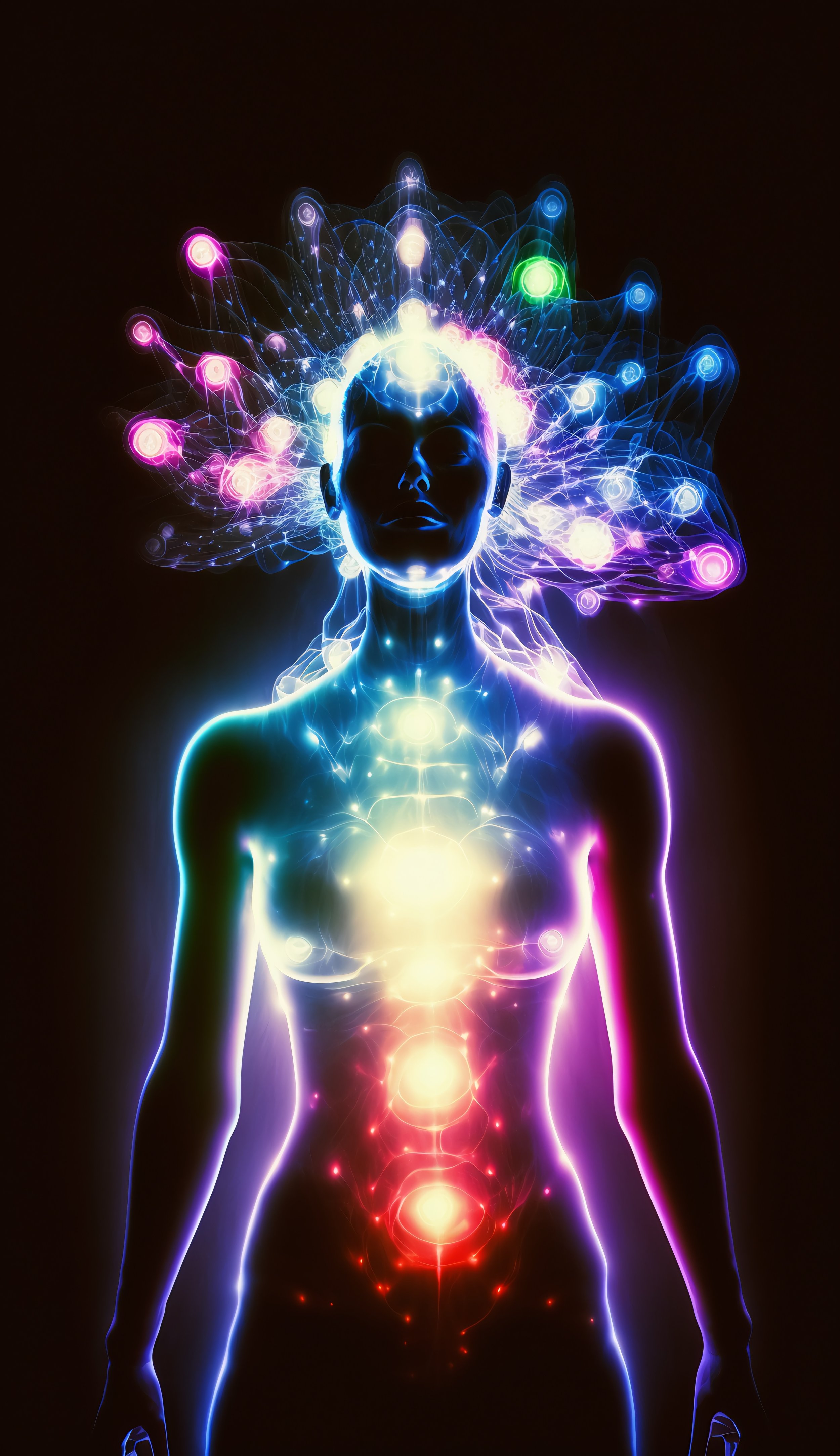
FREQUENCY SPECIFIC MICROCURRENT (FSM)
WHAT IS FSM?
In conjunction with Acupuncture and Chinese Medicine, Dr. Golding uses machines that generates specific frequencies that actually match the frequency of your body to increase the cellular metabolism in the specific targeted tissue. Yes, the frequencies ar specific.
When you match the tissue’s frequency or vibration, you can create a cascade of healing mechanisms by increasing ATP (adenosine triphosphate) in the cells.
Frequency Specific Microcurrent is somewhat similar to what you may have experienced with other acupuncturists, where e-stim is attached to needles.
The advantage and the disadvantage is that the frequencies are very specific. They do exactly what they are designed to do, whether or not that is the intention. For example, when we treat diabetic neuropathy as a nerve issue, it does not work, but the pathology, in reality, is a blood supply issue. When we focus on blood circulation with the understanding that the blood vessels are clogged and inflamed, not only does the neuropathy issue improve, but the wounds heal as well.
Along with Acupuncture and Chinese Herbs, Dr. Golding has had the ability to successfully treat scar tissue in the uterus caused by uterine ablation; concussions; PTSD, all types of pain including myofascial as well as a myriad of other issues.
Here’s a study showing how electric current using FSM alters cellular tissue.
Frequency Specific Microcurrent works off the premise that every tissue in the body has its own resonant frequency, and every condition (or pathology) in the body also has its own resonant frequency. Hence the frequencies fun in pairs, one frequency for the issue and the other for the tissue involved.
When we combine these frequency pairs, we elicit cellular changes that can significantly reduce inflammation and promote tissue healing (McMakin 2005).
Specific frequencies are placed into a programmable microcurrent device to provide input, measured in electrical pulses per second (Hz). Messages or instructions are sent to a specific tissue; for example: "reduce inflammation" + in the "spine" will predictably and repeatedly reduce inflammation (so long as inflammation is, in fact, causing the pain). It works as long as the correct tissue is being targeted with the appropriate instruction.
All damaged tissue has some type of disruption to its electromagnetic field. It is not resonating at its optimal resonant frequency. We utilize FSM, frequency specific microcurrent to input the optimal frequencies (or "instructions") to entrain that specific tissue back to its optimal state.
THE SCIENCE: MEASURABLE EFFECTS OF MICROCURRENT
Microcurrent alone, without the specific frequencies, can induce:
500% increase in ATP production,
70% increase in protein synthesis,
40% increase in amino acid transport,
14% increase in collagen synthesis,
39% increase in blood supply, and
48% increase in elastin
When we keep the microamps between 10µA and 500µA (Cheng 1982, Seegers 2002 & 2002).
Statistically significant changes in blood markers with FSM include:
decrease in IL-1,
decrease in TNF-alpha,
decrease in Substance P,
increase in Beta endorphin,
decrease in pain,
Explore further in the paper titled Cytokine changes with microcurrent treatment of fibromyalgia associated with cervical spine trauma (McMakin 2005).
SIDE EFFECTS?
According to a 2010 study by Carolyn McMakin, MA, DC, “No patients reported or complained of negative side effects either during or after treatment. The most common side effect is a sense of euphoria presumably caused by an increase in endorphins.” In the same study, recipients of one treatment reported a decrease from an average initial pain score of 6.8/10 to 1.8/10. A second treatment resulted in a decrease in average pain from 4.8/10 to 1/10. This trend of lower post-treatment pain scores was consistent among all treatments in this study. After the treatment was completed, 65% of patients fully recovered from nerve pain. One patient even bought a small FSM machine for home use. McMakin also reported that “all patients reported some reduction in pain with treatment.” Her conclusion was more forthright when she stated: “treatment is noninvasive, low-risk, widely available, relatively inexpensive, and appears to have no significant side effects.”
THE DIFFERENCE BETWEEN FSM AND TENS
You may have used a TENS (transcutaneous electrical nerve stimulation) unit at a physical therapist or chiropractic office. TENS units usually emit milliamps (µvoltage) , whereas microcurrent emits microamps--one thousand fold less voltage than a TENS unit. This is important because the data shows once you increase above 500µA, the therapeutic and beneficial cellular effects diminish. Keeping the microamps below 500µA is an important factor to consider when comparing microcurrent to a standard TENS (transcutaneous electrical nerve stimulation) treatment. A TENS unit disrupts the pain signal from the body to the brain. Whereas FSM, increases ATP production and alters cellular tissue.
Please avoid the use of a standard TENS unit two days before and two days after your Frequency Specific Microcurrent treatments so that the TENS therapy does not override the beneficial effects of FSM.
RESOURCES
McMakin C, Gregory WM and Phillips T. Cytokine changes with microcurrent treatment of fibromyalgia associated with cervical spine trauma . J Bodyw Mov Ther. 2005; 9: 169-176. 10.1016/j.jbmt.2004.12.003.
Cheng N 1982, The Effect of Electric Currents on ATP Generation, Protein Synthesis and Membrane Transport in Rat Skin . Clinical Orthopedics 171: 264-272.
Seegers JC, 2002, A pulsed DC electric field affects P2-purinergic receptor functions by altering the ATP levels in in vitro and in vivo systems . Medical Hypothesis, 58 (2) 171-176.
Seegers, JC, 2001; Activation of signal transduction mechanisms may underlie the Therapeutic effects of an applied electric field . Med Hypothesis; 57 (2), 224-230.






